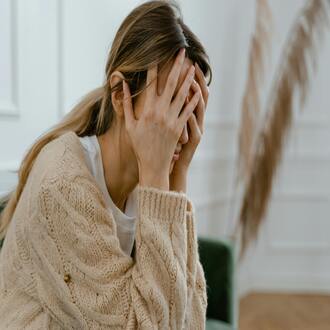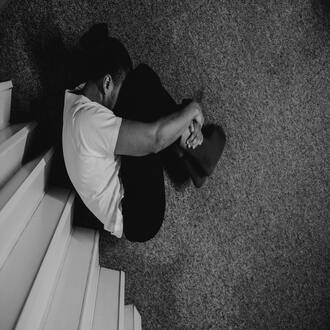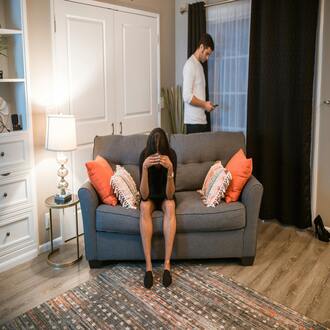Transcription The physical environment and its emotional impact
The environment as the architect of our emotions
We often underestimate the power that our physical environment has on our emotional state.
It is not just a passive setting where our life takes place; is an active agent that shapes how we feel.
The order, cleanliness, light, and aesthetics of the places we inhabit act as silent architects of our emotions.
The difference between microenvironment (your room, your house) and macroenvironment (your neighborhood)
We can distinguish between our microenvironment (those spaces over which we have a high degree of control, such as our room or our house) and our macroenvironment (our neighborhood, our city).
Both influence us, but our capacity for action is greater in the former.
How external clutter and chaos generate internal clutter and negative emotions
A cluttered and chaotic environment tends to generate a feeling of internal clutter and chaos.
Visual clutter acts as a constant stimulus that overloads our brain and can generate feelings of stress, overwhelm, and lack of control.
On the contrary, an orderly and clean environment promotes calm and mental clarity and concentration.
Practical action: start by organizing your microenvironment to gain motivation
One of the simplest and most powerful actions to improve our mood is to organize our microenvironment.
Tidying up our room, cleaning the kitchen, or organizing our desk can have an almost immediate effect on our motivation and our sense of effectiveness.
It's a way to take control of the outside world to positively influence our interior.
Summary
Our physical environment is not just a decorative backdrop, but an active agent that shapes our emotions. Elements such as light, order, and aesthetics can powerfully influence our mood. Therefore, taking care of our spaces also means taking care of our e
the physical environment and its emotional impact




